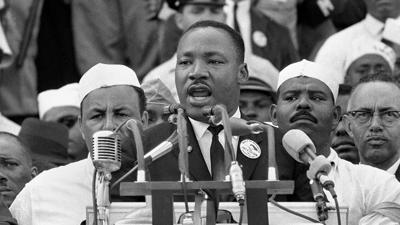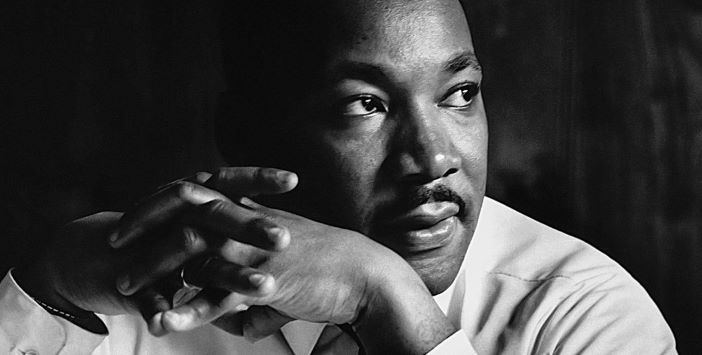On this day when we celebrate the legacy of Dr. Martin Luther King, Jr., I thought I’d examine his legacy from a different point of view. We all recognize him as a great leader and a great orator, but did you know he was also a master storyteller?
 Selected as a featured post in Writing on LinkedIn
Selected as a featured post in Writing on LinkedIn
In my university leadership classes, we regularly study Dr. King as a leader and I have listened to his speeches countless times. As I was working on our Leadership Storytelling Master Class for the Elite Leadership Academy (EliteLeadershipAcademy.com), I began reflecting on Dr. King’s accomplishments and his speeches. His accomplishments came to mind because I probably wouldn’t be doing the work I do without the strides he helped make. His speeches were great, but I wondered how they worked as stories. I was quite impressed with what I learned. For this exercise, I examined his March on Washington speech from 1963 (commonly referred to as the “I Have a Dream” speech). Here are some of the storytelling techniques he used and the lessons for leaders to use in their storytelling:

- Paint a dramatic picture of the vision. After Dr. King lays the foundation of why they are there and recaps the troubles they’ve faced, he describes where he wants people to go as he presents his dream for America. He paints this vision very clearly for everyone to clearly see. Leaders should remember that even though they may have a vision of where they want to take the organization, it may never be realized if it’s not articulated clearly enough for everyone to see.
- Make the argument emotionally. Dr. King already had an audience that was emotionally engaged and he fed on that by using emotionally charged language. When emotions are involved, people tend to remember and pass on what was presented. Leaders should try to make their stories feel personal to their audience. That could include clarifying the ‘why’ we are here as an organization, such as saving lives, helping people live better, save money, etc. to inspire them to take action.
- Speak to the audience in the language that will motivate them. The 250,000 people there who heard Dr. King speak may have been there for the same reason, but I’m sure they all didn’t speak the same language. This is not the difference between English, Spanish, French or whatever, but about the language that helps them all understand and be inspired by. That is why leaders should use relevant analogies and metaphors that speak across races, gender and age groups. It helps create a common ground to put everyone on the same page while taking complicated ideas and making them memorable.
- Use of repetition. This is a technique that can really help the audience remember your story. In Dr. King’s speech, he used the phrase, “I have a dream…” eight times to paint the vision, increase the emotional connection and put his vision in the context the entire audience could understand. He then used the phrase, “Let freedom ring…” eight times near the end of the speech to rally the audience into an emotionally charged unit. That is the reason this speech is more widely known as the “I Have a Dream Speech” instead of the “March on Washington Speech.” When a leader tells a story, repeating the same phrase eight times may not work, but presenting a point to them and returning to it or summarizing it later in the story is an effective technique. (If you noticed, I did that in the first part of this paragraph)
On this day to celebrate the birth of Dr. Martin Luther King, let us remember what he has done for all of us. As he so aptly stated, “No one is free until we are all free.” Let us remember these words and continue to fight for equality for all people in all areas of our lives.



